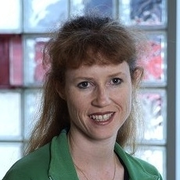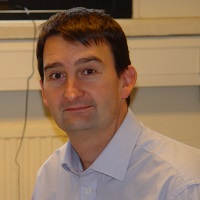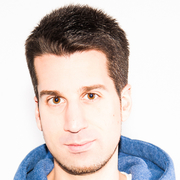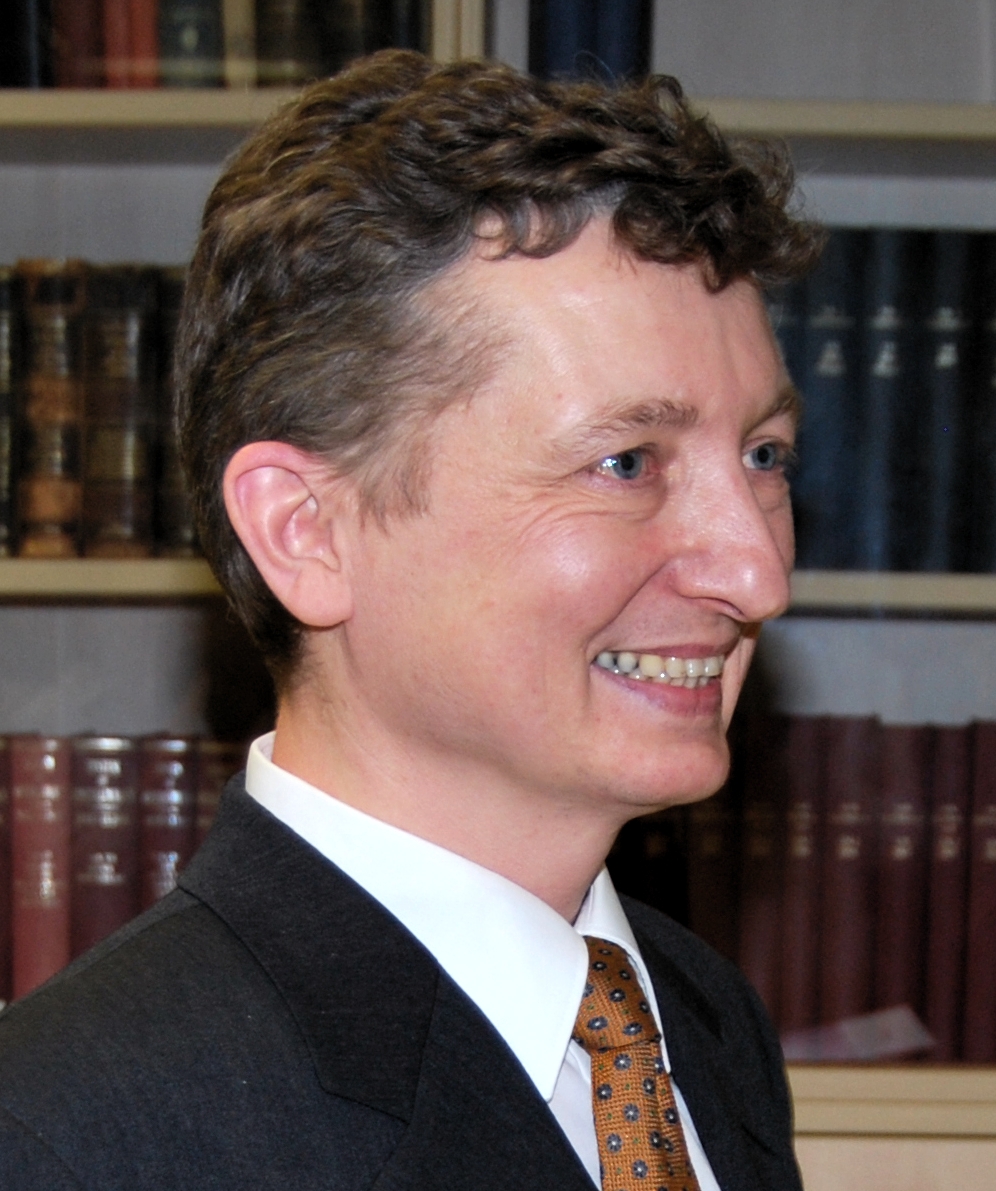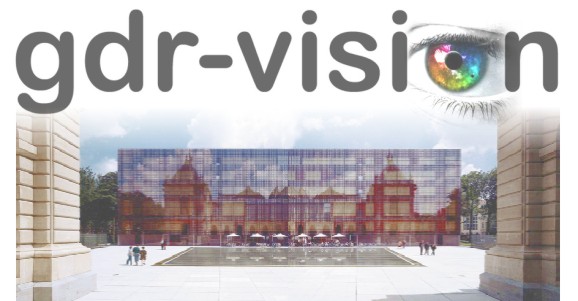
Lille / Octobre 11-13 2017
Octobre 11-12: symposium Perception des images et deficit du champ visuel
Octobre 12-13 : 11th GDR vision meeting
|
|
|
PIDVIPSPerception des images avec un deficit du champ visuel induit par la pathologie ou simulé The symposium on image perception with a visual field deficit will take place in Lille, right before the Gdr-vision meeting, the 11 and 12 of Octobre 2017, organized by Muriel Boucart (SCALab, UMR 9193, U. Lille). We welcome talks (15min + 5min questions) and posters submissions. We will also have five keynote speakers (50min + 10min questions). Keynote speakers
Abstracts Carole Peyrin, Laboratoire de Psychologie et NeuroCognition, CNRS Grenoble Scene categorization in normal and pathological vision Theories on visual perception agree that scenes are processed in terms of spatial frequencies. Low spatial frequencies (LSF) carry coarse information whereas high spatial frequencies (HSF) carry fine details of the scene. However, how and where spatial frequencies are processed within the brain remain unresolved questions. Results from a number of neuroimaging studies on healthy subjects showed that spatial frequency processing is retinotopically mapped in the occipital cortex. There also evidence that spatial frequency processing is lateralized in the occipital cortex, with the right and left occipital cortices predominantly involved in the categorization of LSF and HSF scenes, respectively. In addition to neuroimaging studies on healthy subjects, patients with retinal disorders constitute pathological models which enable the specific investigation of retinotopic mapping of spatial frequency processing in the occipital cortex through the relationship between the position of the lesion on the retina and the processing of spatial frequencies. Similarly, patients with unilateral lesion of the occipital cortex constitute pathological models which enable the investigation of hemispheric differences at the level of the occipital cortex. We specifically explored the relationship between central retinal damage (age-related macular degeneration), peripheral retinal damage (glaucoma), left and right occipital damage (homonymous hemianopia) and the processing of spatial frequencies during scene categorization. Michael B. Hoffmann, Department of Ophthalmology, Visual Processing Laboratory, Otto-von-Guericke-University Magdeburg Organization and function of the human visual system in congenital visual pathway abnormalities In albinism the temporal retina projects erroneously to the contralateral hemisphere, in achiasma the nasal retina projects erroneously to the ipsilateral hemisphere. Consequently, in both conditions the early visual cortex processes sizable proportions of the ipsilateral visual field. Here, a series of studies will be presented, detailing the projection abnormality, its consequence on cortical organisation and visual perception [1]: In albinism the representation abnormality (i) is organised as a retinotopic cortical map, (ii) is relevant for visual perception, (iii) does not interfere with perception in the contralateral hemifield, and (iv) leaves major lateralisation patterns in the primary motor and the somato-sensory cortex unaffected. (v) In albinism and achiasma the abnormal cortical representation of the ipsilateral visual field is superimposed as a retinotopic mirror-symmetric overlay onto the normal cortical retinotopic representation of the contralateral visual field. This indicates that in both conditions the abnormal input to the visual cortex does not undergo a topographic reorganization of the geniculo-striate projection. It is concluded that neural plasticity at the cortical level makes the abnormally represented information available for correct visual perception. Allison McKendrick, Clinical Psychophysics Unit, University of Melbourne Contrast processing in ageing vision and glaucoma Standard clinical assessments typically measure the ability to resolve small targets in central vision (visual acuity), or measure contrast thresholds for stimuli presented on uniform backgrounds. In natural vision however, the visual system typically encounters complex visual scenes and is required to extract supra-threshold contrast features of objects that occur embedded within complex contrast backgrounds. In this talk, a series of studies will be discussed that explore how contrast adaptation and surround suppression of contrast are altered in the healthy ageing visual system and in people with visual damage due to glaucoma. Data from behavioural, electrophysiological and neuroimaging will be presented. Contrast adaptation and spatial contrast interactions form key building blocks for object perception. This talk will highlight why age related changes to contrast mechanisms need to be considered in the interpretation of behavioural performance on tasks that use complex visual stimuli to assess the elderly and those with vision loss. David Crabb, City University of London Glaucoma – through the eyes of the patient Successful clinical management of glaucoma should not simply be about control of intraocular pressure, but must equate to correct decisions about intensifying treatment when patients are at risk of developing 'visual disability'. Yet little is known about what visual field defects, at different stages of glaucoma, specifically affect patients' abilities to perform everyday visual tasks. One way to do this is to measure patient performance in tasks in a lab setting. Another way is to ask patients themselves. The latter can be revealing and demystify views about how patients perceive the world. https://www.ncbi.nlm.nih.gov/pubmed/26611846 Ricardo Gameiro, Institut für Kognitionswissenschaft Universität Osnabrück Exploration and Exploitation in Human Visual Processing Due to the importance of visual perception to navigate in our environment, it is no wonder that eye movement research has become a highly active and productive research field during the last decades. In my talk, I will discuss how fixation locations are selected in varying situations. In particular, I will wrap up some studies that investigate the trade-off between exploitation (whether to process a certain fixation point) and exploration (progressing to the next fixation). Hereby, I will focus on three major factors affecting visual behavior: bottom-up & top-down factors, as well as spatial image features. With a simple but powerful model, I will show that when presenting two images simultaneously, we can well predict which images attract more exploration based on individual global image salience. By manipulating the observers' state, we will see that this exploration as well as exploitation adapts in a specific manner. E.g. by adding emotions, we find that exploration shifts towards negative image scenes. Further, sleep deprivation reduces spatial exploration. In order to understand how spatial image information relates to visual behavior, I will show how exploration and exploitation is affected depended on the overall amount of visual information received by the visual field. We will see that patients suffering from a peripheral degeneration of the visual field generally follow similar visual behavior as healthy controls with only individual adaptions. However, adapting the image size from very small to very large changes exploration and exploitation in terms of spatial biases and fixation distribution. With results of the latter part, I will also shortly peak into the future showing new challenges when bringing eye movement research to virtual reality and the real world.
You must have an account to subscribe or submit an abstract. Use the button on the top right. Il faut créer un compte ("connexion" en haut a droite) pour pouvoir s'inscrire ou soumettre une proposition de communication |
| Personnes connectées : 1 | Flux RSS |

|
